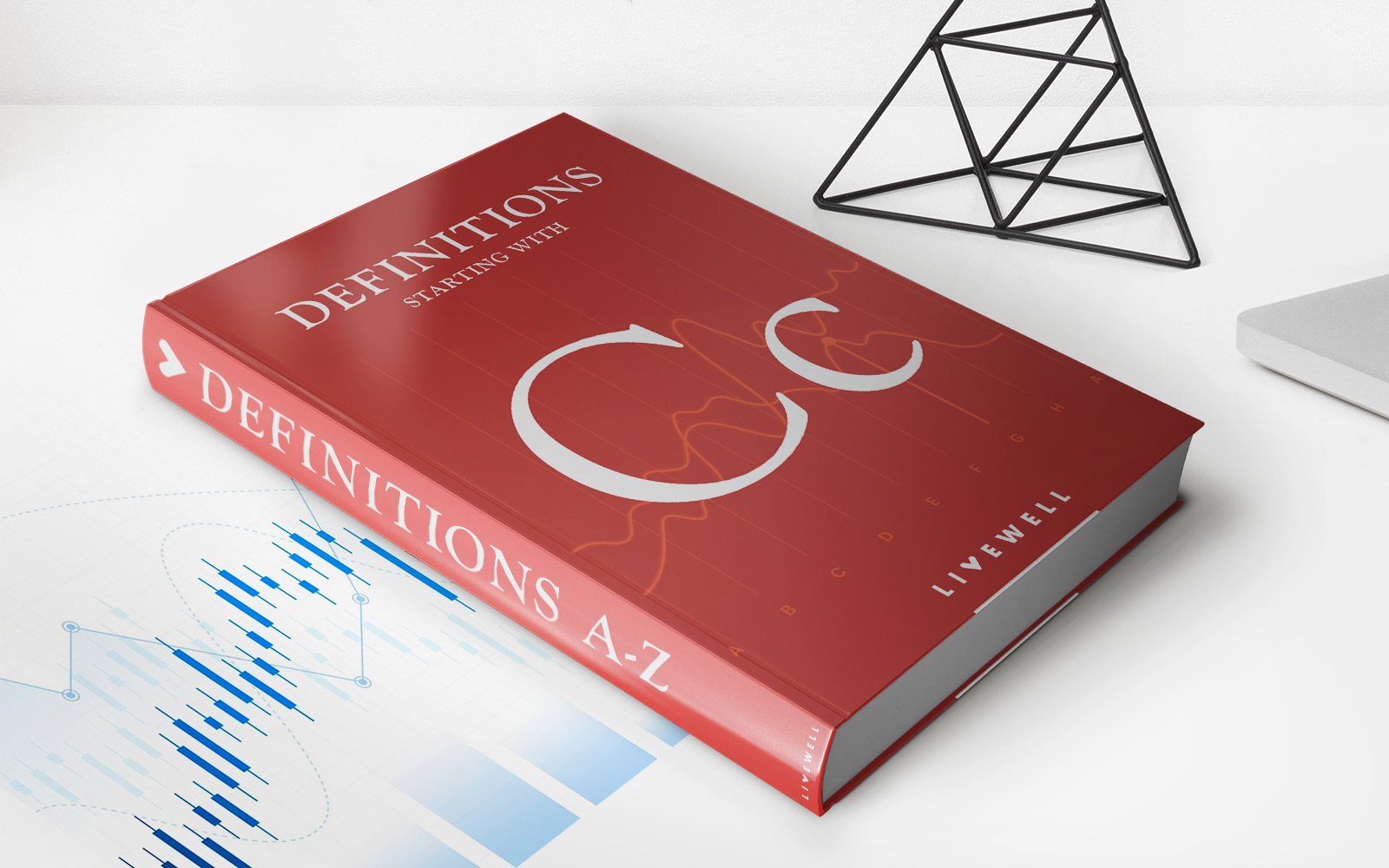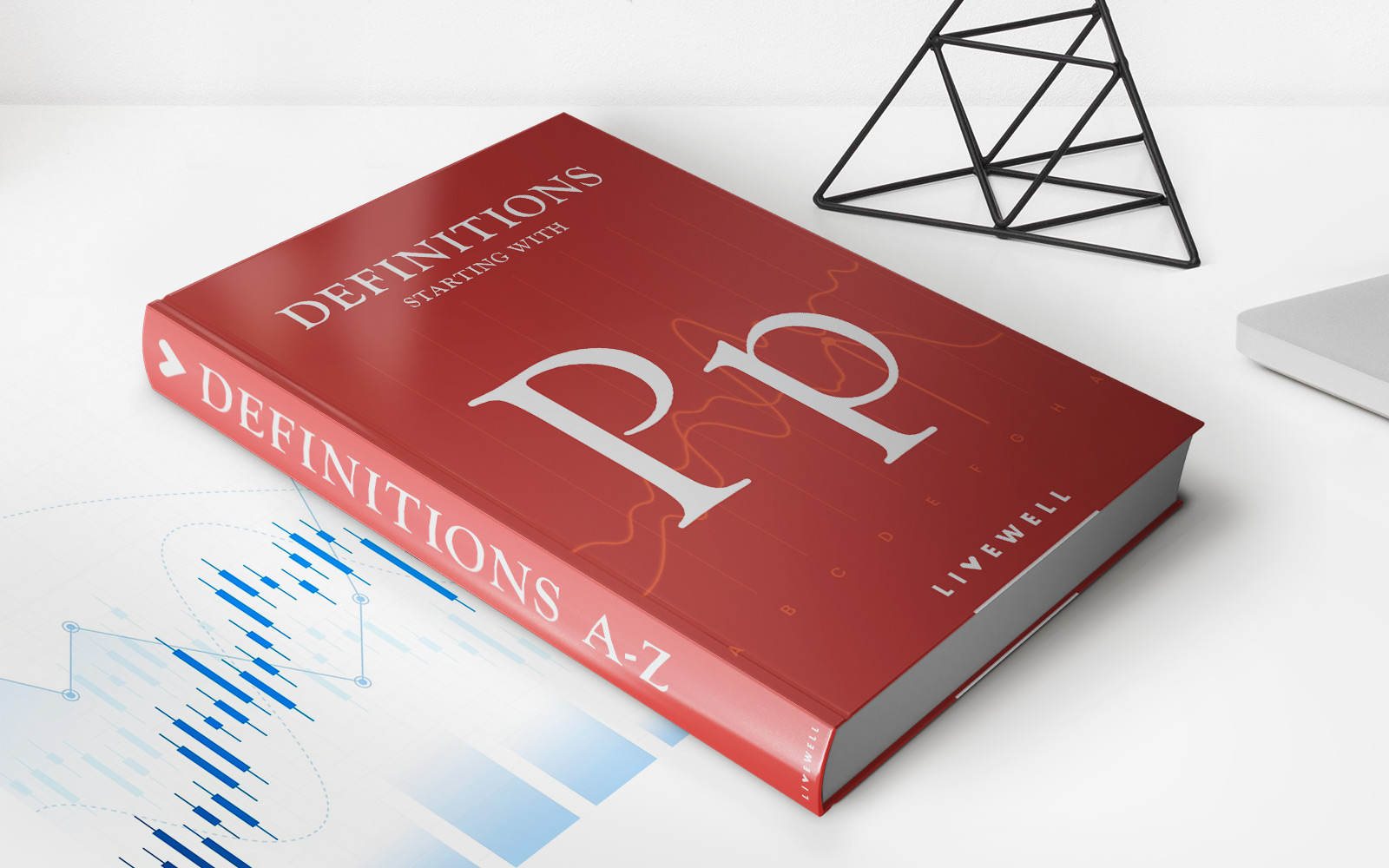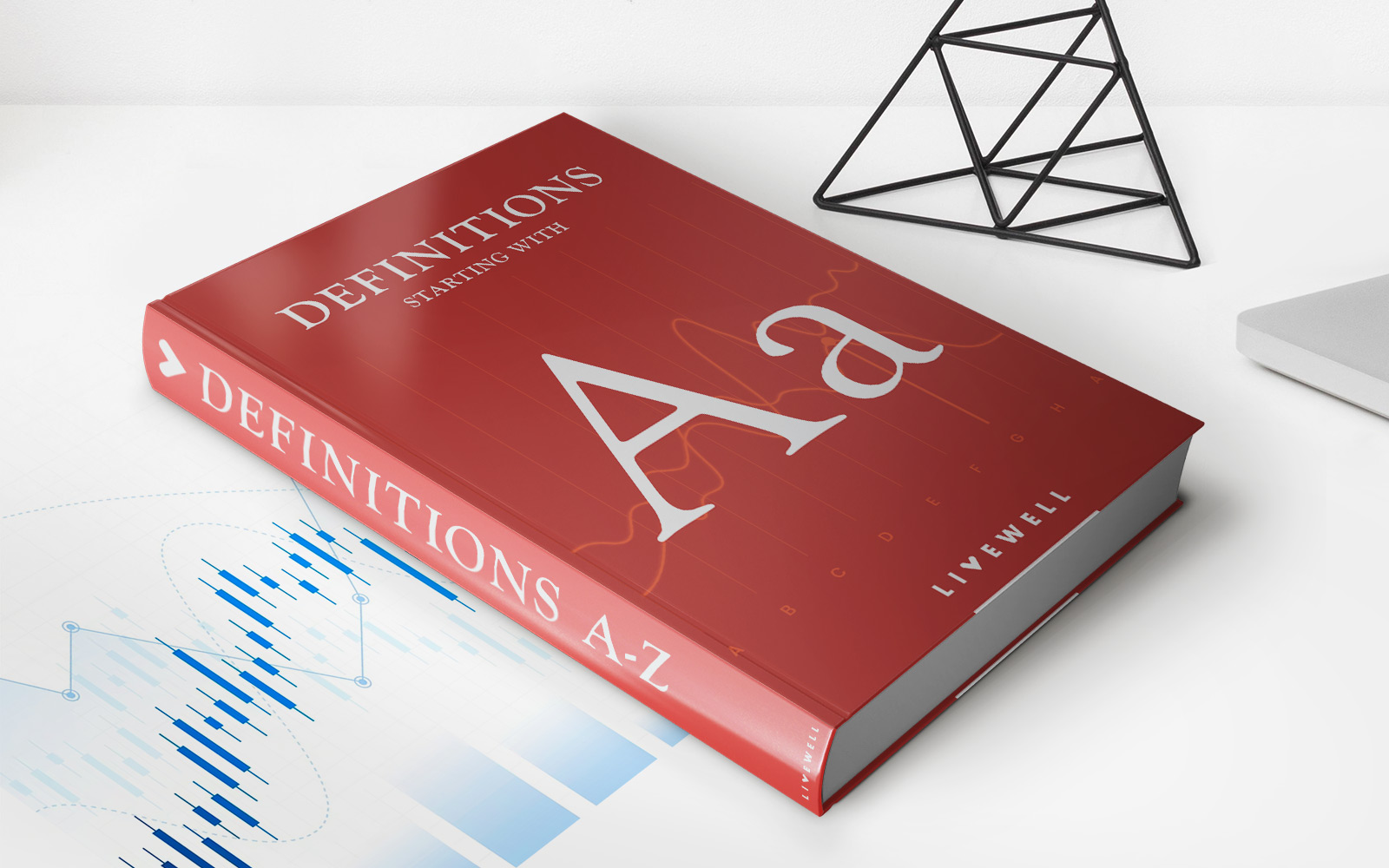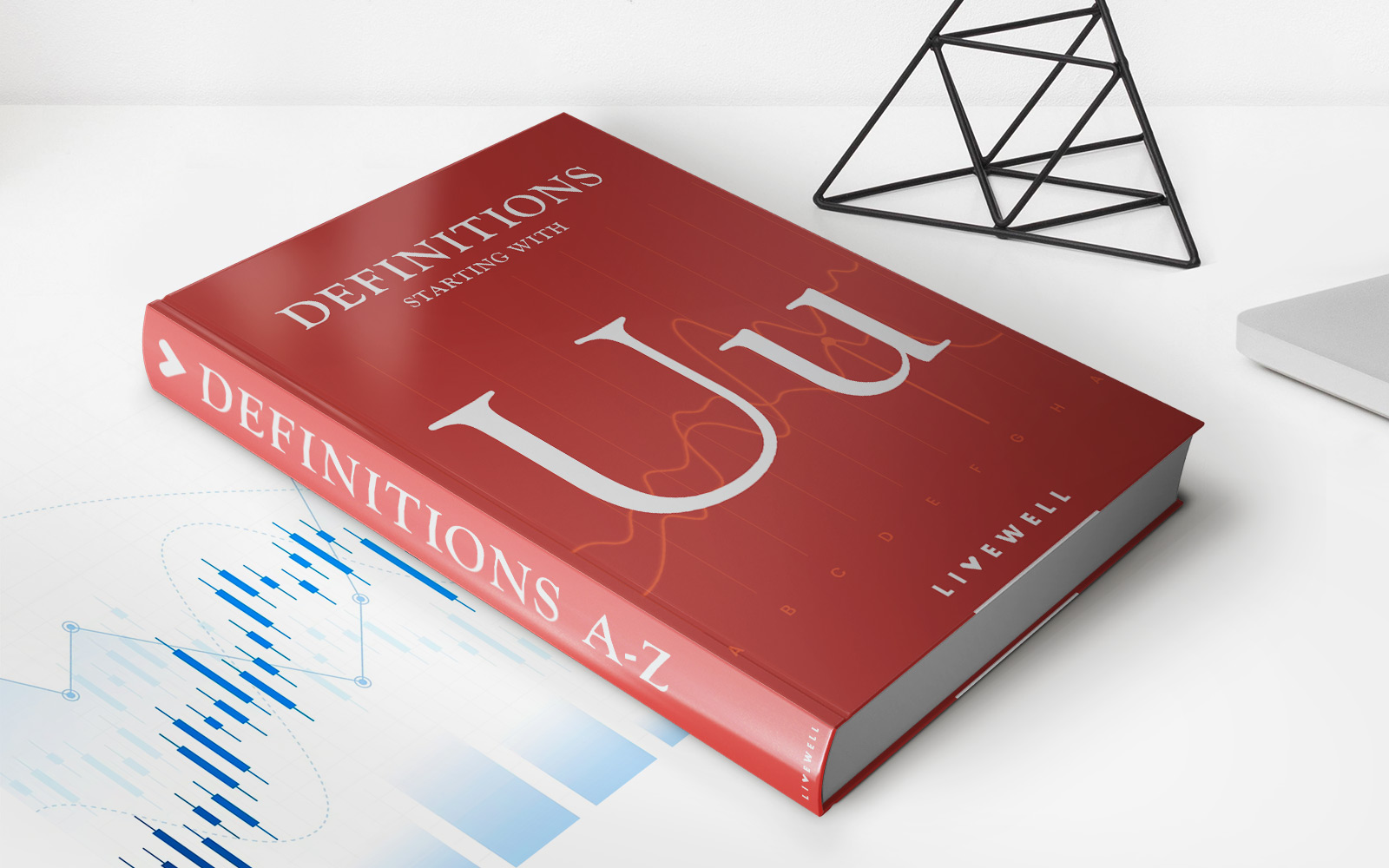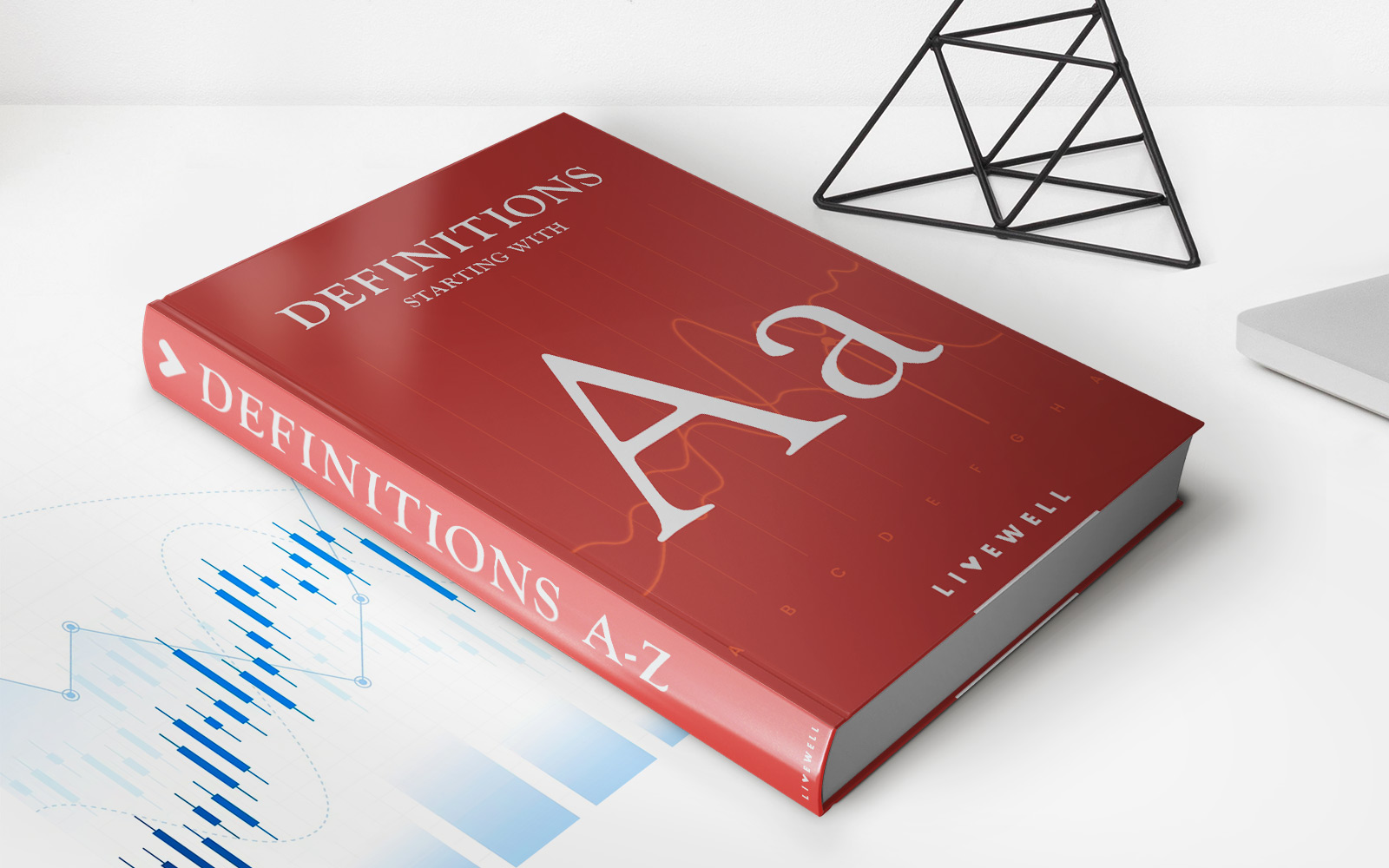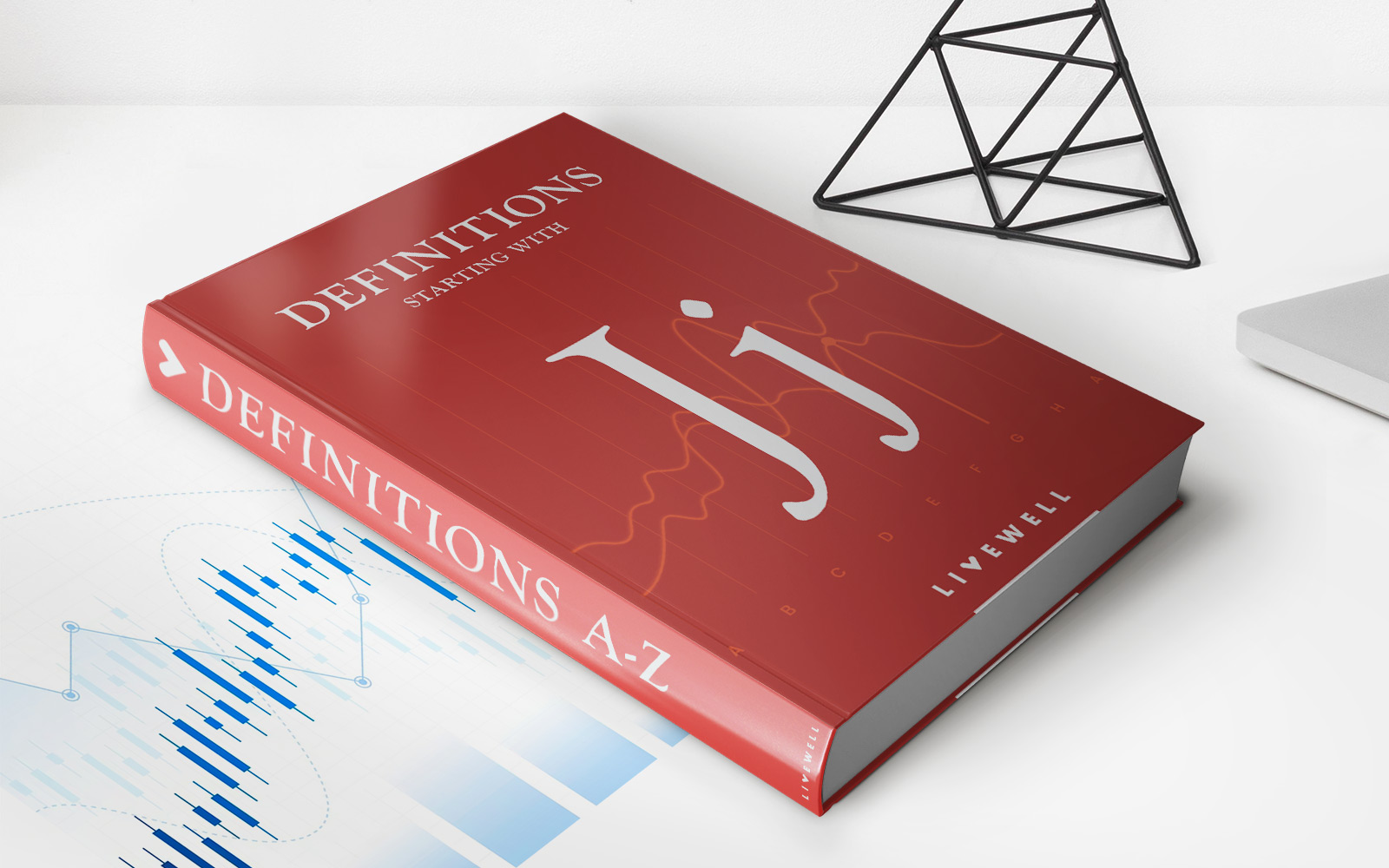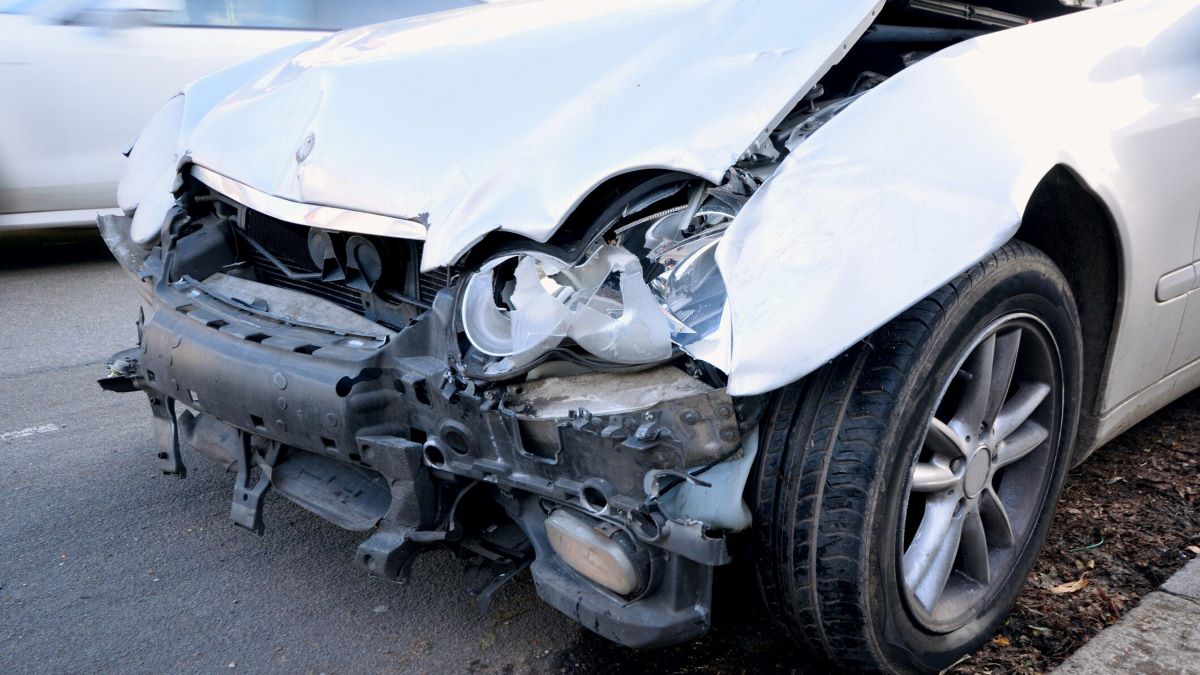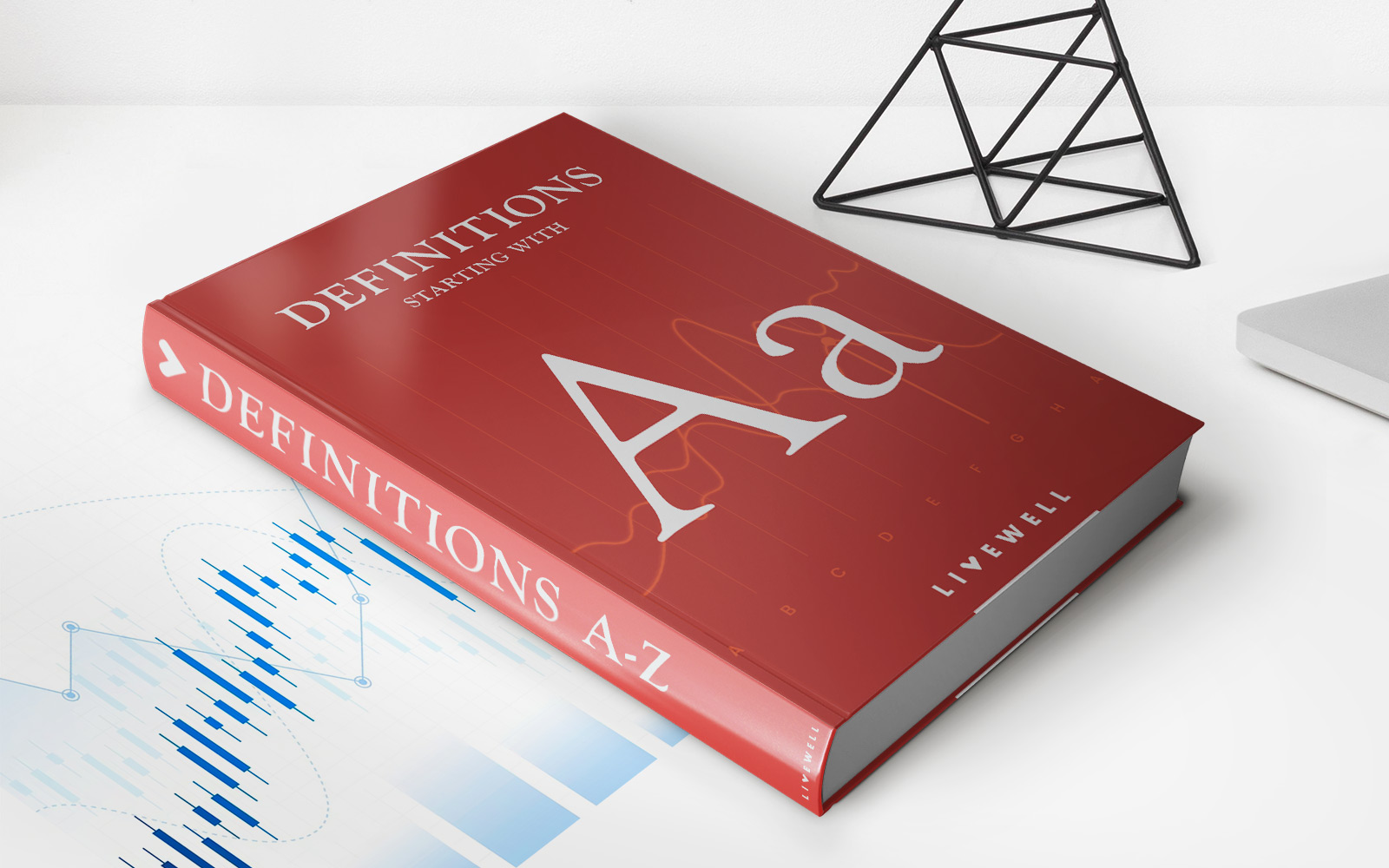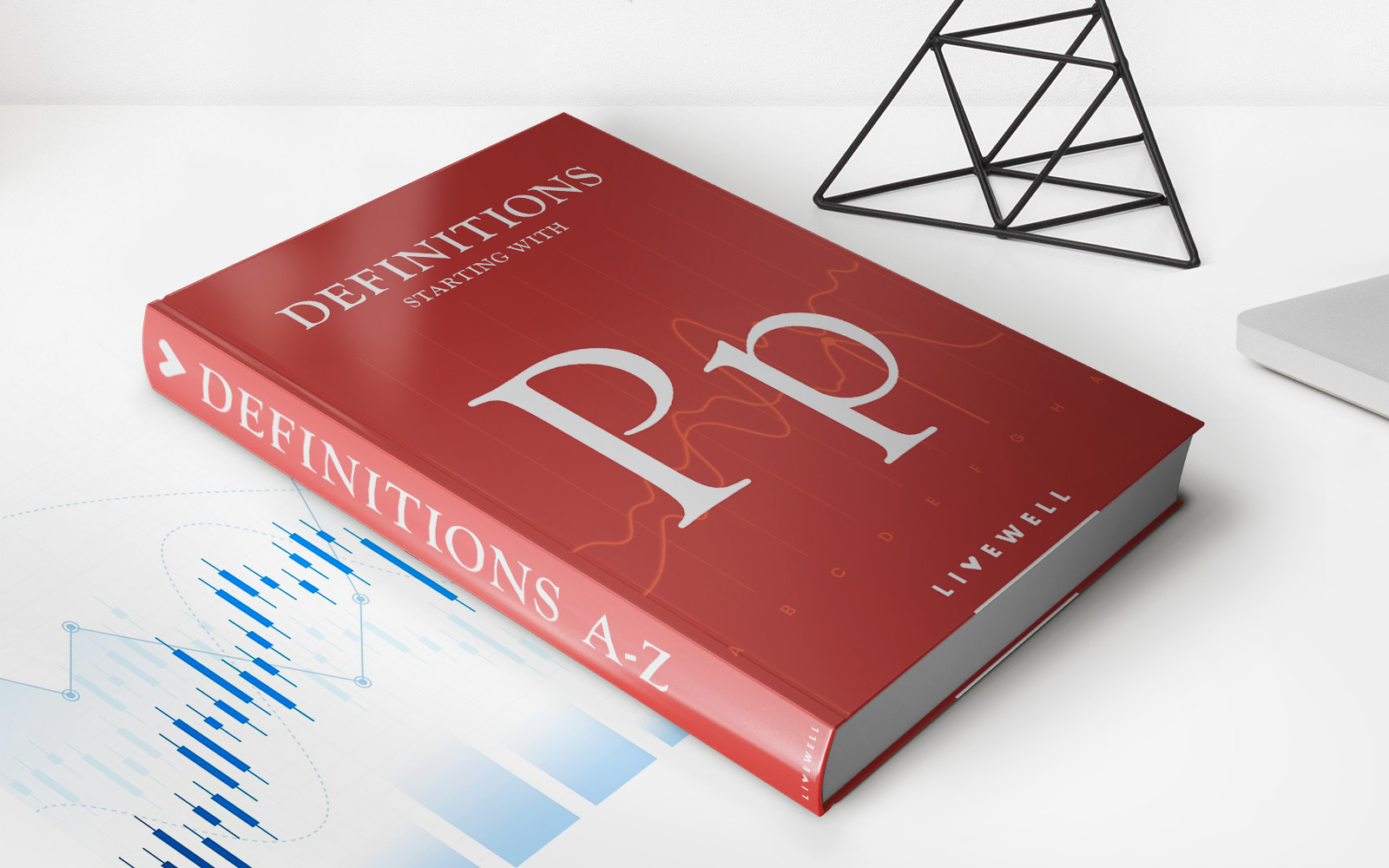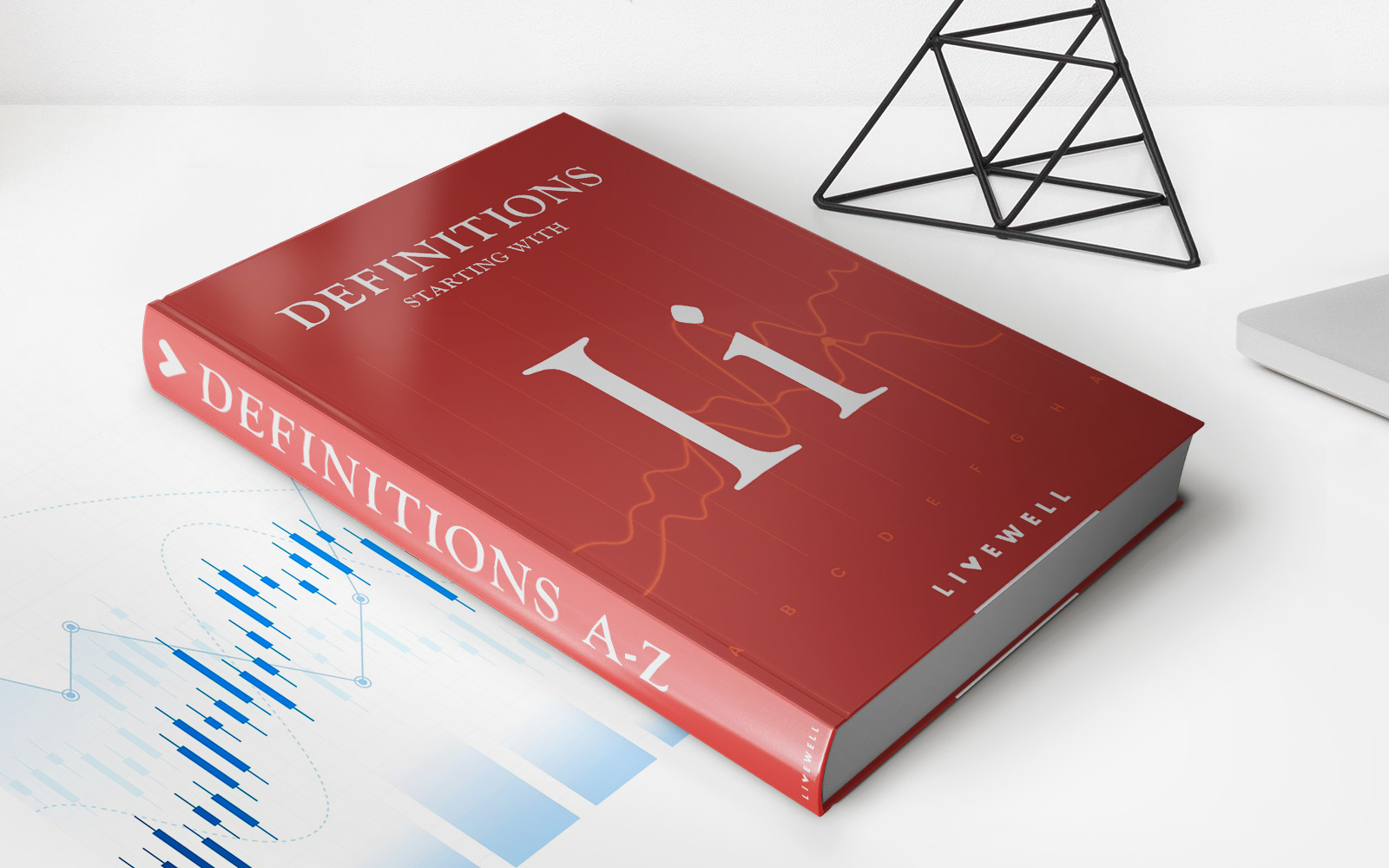Home>Finance>Liability Car Insurance: Definition, Coverage, Limits, Example
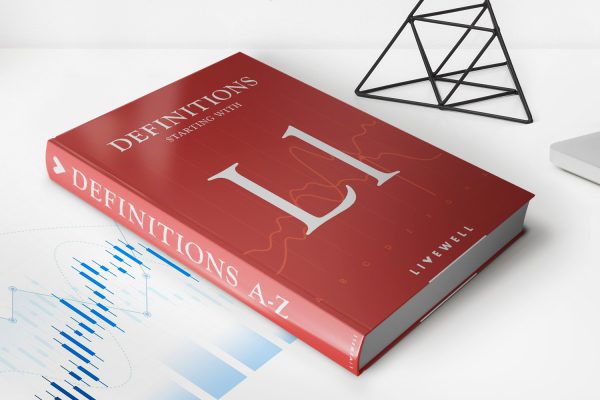
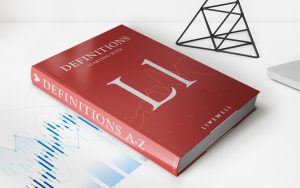
Finance
Liability Car Insurance: Definition, Coverage, Limits, Example
Published: December 17, 2023
Learn about liability car insurance in finance. Definition, coverage, limits, and examples. Protect your assets with the right coverage.
(Many of the links in this article redirect to a specific reviewed product. Your purchase of these products through affiliate links helps to generate commission for LiveWell, at no extra cost. Learn more)
Liability Car Insurance: Definition, Coverage, Limits, Example
Welcome to our “FINANCE” category, where we delve into various financial topics to help you navigate the complex world of personal finance. In this blog post, we will be discussing liability car insurance, its definition, coverage, limits, and provide you with a real-life example to help you understand its importance. Whether you are a seasoned driver or a new car owner, understanding liability car insurance is crucial for protecting both yourself and others on the road.
Key Takeaways:
- Liability car insurance is mandatory in most states and provides coverage for property damage and bodily injury caused by the insured driver.
- Liability insurance ensures that you are financially protected in case you are at fault in an accident and need to compensate others for their damages.
What is Liability Car Insurance?
Liability car insurance is a type of coverage that protects you financially in case you cause an accident or damage someone else’s property while driving. It is a mandatory requirement in most states, as it ensures that you can compensate others for their losses if you are deemed at fault in an accident. Without liability insurance, you would be personally responsible for paying these expenses, which can be financially devastating.
Liability Insurance Coverage
Liability car insurance typically includes two types of coverage:
- Property Damage Liability: This coverage pays for damages to another person’s property, such as their vehicle or personal belongings, if you are at fault in an accident. It can also cover expenses like repairing fences, buildings, or other structures damaged in the accident.
- Bodily Injury Liability: This coverage pays for the medical expenses, rehabilitation, and in some cases, lost wages of the other party involved in the accident if you are at fault. It can also provide legal representation if the other party decides to sue for damages related to the accident.
Limits of Liability Car Insurance
Liability car insurance has limits that determine the maximum amount your insurance company will pay in case of an accident. These limits are typically expressed as two amounts, such as 25/50/10. Let’s break down what these numbers mean:
- Bodily Injury Liability: The first number represents the maximum amount your insurance company will pay per person for their bodily injuries in an accident. In our example, it is $25,000.
- Bodily Injury Liability: The second number represents the maximum amount your insurance company will pay for all bodily injuries per accident. In our example, it is $50,000.
- Property Damage Liability: The third number represents the maximum amount your insurance company will pay for property damage per accident. In our example, it is $10,000.
Example of Liability Car Insurance
Let’s consider an example to better understand how liability car insurance works. Imagine you are driving and accidentally rear-end another vehicle. The collision results in $15,000 worth of damages to the other person’s car and $20,000 in medical expenses for the driver and passengers. If you have liability car insurance with limits of 25/50/10, your insurance company will cover the damages up to the policy limits, provided you are at fault.
In this example, your insurance would pay $10,000 for property damage (within the $10,000 limit), and $15,000 for the car damages. However, it would only cover $10,000 of the $20,000 medical expenses since it is the maximum amount per accident for bodily injuries. You would be personally responsible for the remaining $5,000 in medical expenses, which is why it is essential to consider higher limits for your liability insurance coverage.
Liability car insurance is crucial for protecting yourself and others on the road. It provides the financial safeguard needed to cover damages and injuries caused by your actions as a driver. To ensure you have adequate coverage, it’s essential to review your liability car insurance policy and consider higher limits if necessary.
We hope this blog post has helped clarify liability car insurance and its significance in protecting you and others on the road. If you have any questions or need further guidance, please feel free to reach out to our team of experts.


